Taiwan’s rapid economic development between the 1950s and the 1980s is often attributed to rational planning by highly-educated and impartial technocrats.
Those who look at history through blue-tinted spectacles argue that, for much of the post-war period, the government was staffed by Chinese who fled China after the Chinese Nationalist Party (KMT) lost the civil war “who had no property interests in Taiwan and no connections with a landlord class,” leaving “the KMT party-state more autonomous from societal influences than governments [elsewhere in East Asia],” writes Gaye Christoffersen in Market Economics and Political Change: Comparing China and Mexico.
At the same time, of course, the KMT regime benefited from considerable amounts of US aid, and was able to leverage infrastructure left behind by the Japanese colonial government. Whether the party did a better job than those in charge of South Korea is debatable.
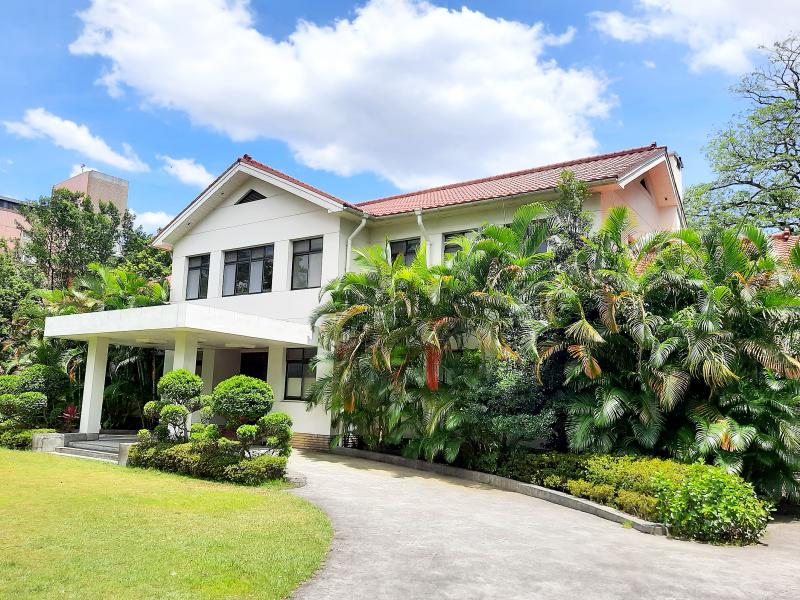
Photo: Steven Crook
When reviewing the final decade of KMT dictatorship, among the names that stand out are Sun Yun-suan (孫運璿, 1913-2006) and Li Kwoh-ting (李國鼎, sometimes known as K.T. Li, 1910-2001). Neither stood in any kind of election, yet both became among the most powerful people in the nation.
The official residence of the former and the private home of the latter have been preserved as memorials to the men and their achievements. If you’ve an interest in Taiwan’s recent history, they’re certainly worth visiting. At both, admission is NT$50.
A PREMIER’S OFFICIAL RESIDENCE
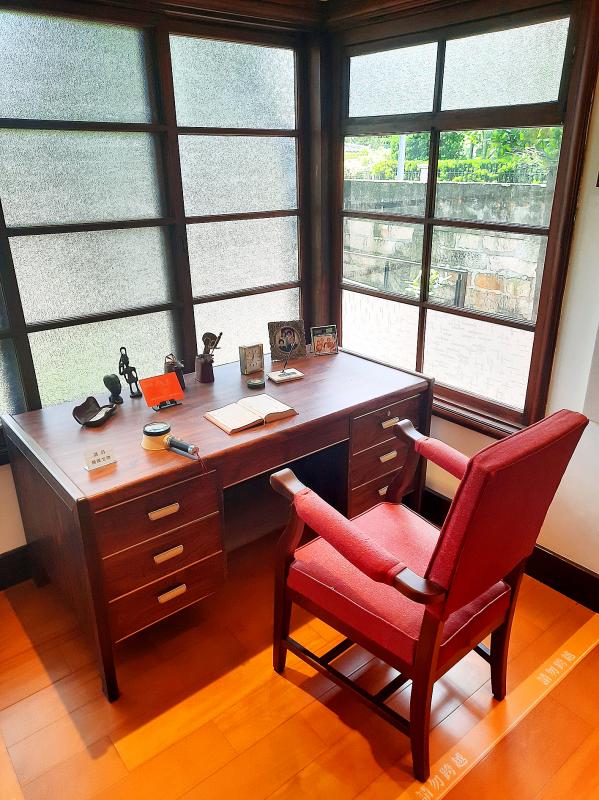
Photo: Steven Crook
What’s now called the Sun Yun-suan Memorial Museum (孫運璿科技‧人文紀念館) was the official residence, and then the retirement abode, of a man who some think would’ve risen to the presidency were it not for the stroke he suffered in 1984, when he was 71 years old.
This handsome two-story building, which blends Western and Japanese architectural styles, was built in the mid-1920s. Sun moved here in 1980, two years after he was appointed premier by Chiang Ching-kuo (蔣經國). Between 1969 and 1978, he’d served as minister of economic affairs.
In a few places, the museum’s description of events verges on hagiography. But overall it does a decent job of telling Sun’s life story in English as well as Chinese. Among the items on display are Russian-language textbooks from his time as an engineering student in Harbin, the notes he took while interning at the Tennessee Valley Authority in the US and a wheelchair he used following his stroke.
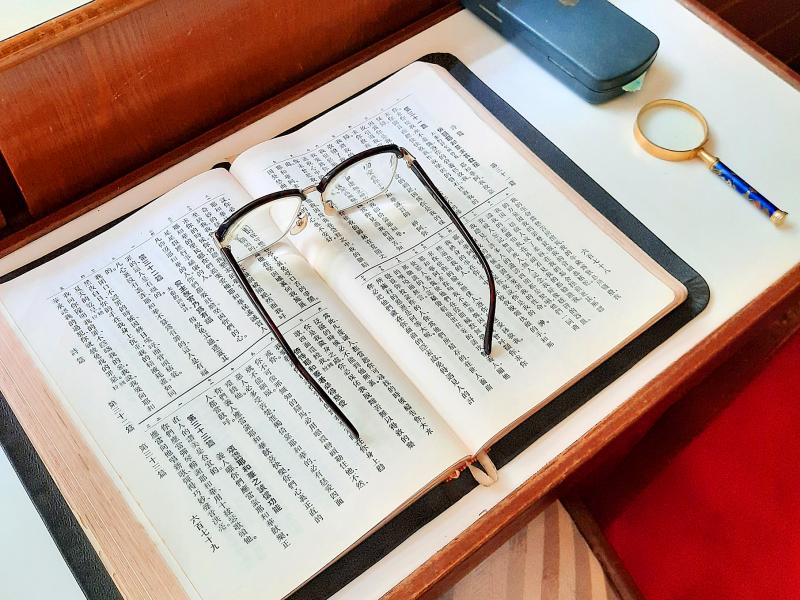
Photo: Steven Crook
Sun arrived in Taiwan a few months after Japan had surrendered Taiwan to the KMT, and set about restoring the war-damaged power grid. He was in Taipei when the 228 Incident erupted — but there’s no mention of this episode in the museum.
During the initial unrest, when Taiwanese mobs were attacking and assaulting Mainlanders, he spent a week hiding in the home of a Taiwanese colleague. In disguise, he managed to sneak back to his own quarters.
From the timeline that’s displayed in the very formal living room, I learned that Sun converted to Christianity at the age of 74. Medals and honors awards he received from the government are on display, as are some of his and his wife’s clothes and hats and a few of his books. Next to volumes on hydraulics, nuclear engineering and politics, there’s an ornamental dagger that was presented to him during an official visit to Saudi Arabia.
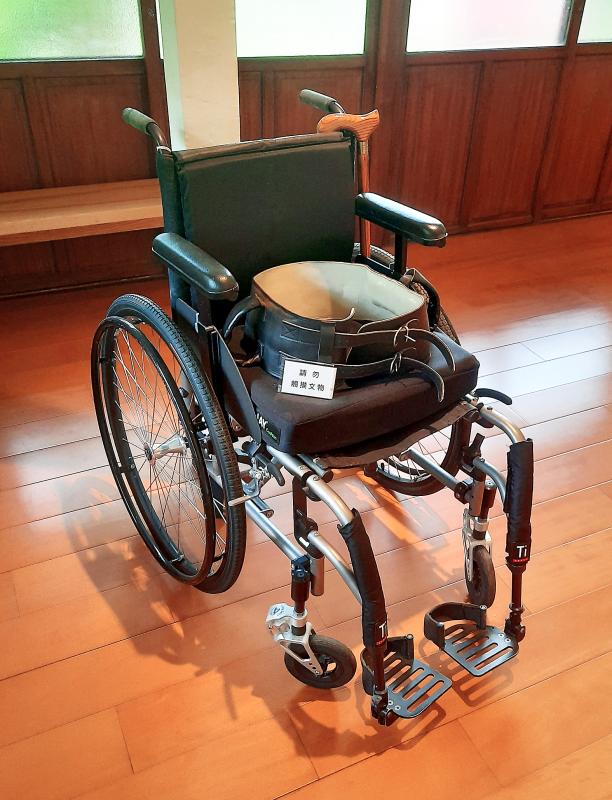
Photo: Steven Crook
The museum, which is very close to Taipei Botanical Garden (台北植物園), is open from 10am to 5pm Tuesday to Sunday. The nearest metro station is Xiaonanmen (小南門) on the Green Line; leave by Exit 3. The museum’s Chinese-only Web site is: www.sysmm.org.
Another memorial to Sun stands on the campus of National Cheng Kung University in Tainan. The Y. S. Sun Green Building Research Center (孫運璿綠建築研究大樓), also known as the Magic School of Green Technology (綠色魔法學校) demonstrates aspects of sustainable architecture, including: construction using recycled materials; rainwater capture; and energy conservation through natural ventilation.
THE MODEST HOME OF A ‘VISIONARY’
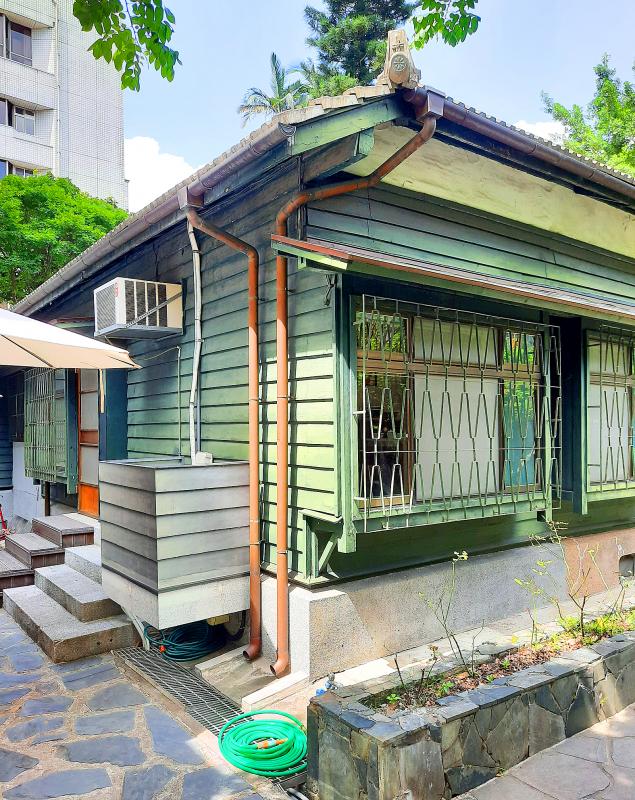
Photo: Steven Crook
Between 1972 and his death in 2001, Li Kwoh-ting lived with his wife in a bungalow at 3, Lane 2, Taian Street (泰安街) in central Taipei. When they moved in — three years after Li had been appointed minister of finance — there were several similar houses in the neighborhood.
Almost all of these colonial-era houses have been bulldozed and replaced with small apartment buildings. Li Kwoh-ting’s Residence (李國鼎故居) therefore preserves not just the furnishings and mementos that surrounded the man during the final third of his life, but also a type of architecture that once dominated large swathes of urban Taiwan.
Li left the Finance Ministry in 1976 to become a minister without portfolio. During the 12 years he held the latter post, he played a key role in the establishment of Hsinchu Science Park, and it’s for this contribution he’s mainly remembered.
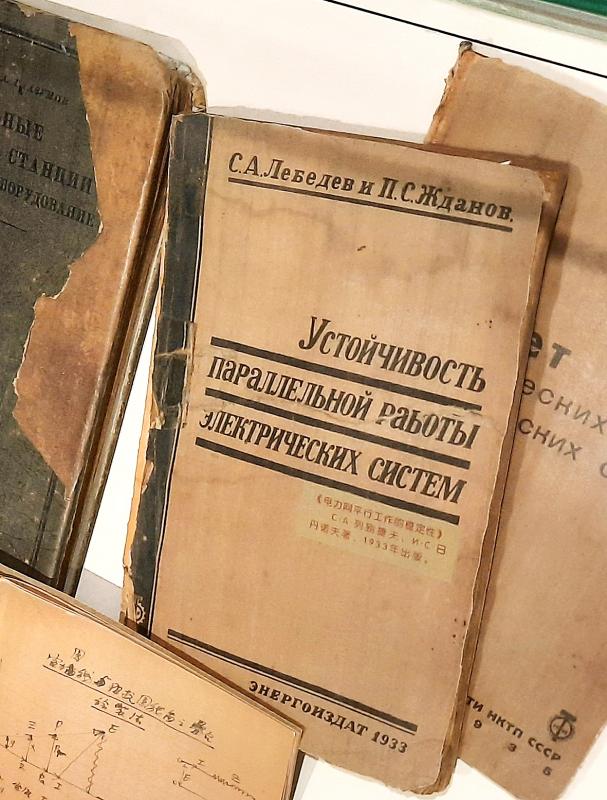
Photo: Steven Crook
Compared to the rather sterile and formal Sun Yun-suan building, Li Kwoh-ting’s Residence is charmingly lived-in and ever-so-slightly ramshackle. Floorboards creak; the linoleum in the dining room isn’t flat; cabinet doors have warped due to age and humidity.
The living room is perhaps the single most interesting part of the residence. There’s a picture that was presented to Li by Ngo Dinh Diem, the South Vietnamese leader, and a hefty TV set with three screens (one of normal dimensions, two postcard-sized). Li bought the TV to ensure he’d never miss a minute of news broadcasts.
Mrs Li had her own study. Her bookcase holds several tomes in simplified Chinese, and also books authored by her husband, such as The Evolution of Policy Behind Taiwan’s Development Success.
Before visiting Li Kwoh-ting’s Residence, I knew a bit about his government career. I had no idea, however, that in one respect his personal life resembled that of Sun Yun-suan. Li was also a good way along life’s path before he embraced Christianity.
Within the residence, I’d noticed several Christian slogans and symbols. Only afterward, when doing some extra research, did I find out that Mrs Li had been raised a Christian, and that for years she asked her husband to attend church with her.
According to one online source: “He went to play golf on Sundays instead of praying. Later, under his wife’s influence, he worshipped on Sundays, and played golf on Saturday afternoons.”
Li was baptized on Christmas Day 1966.
Steven Crook has been writing about travel, culture and business in Taiwan since 1996. He is the author of Taiwan: The Bradt Travel Guide and co-author of A Culinary History of Taipei: Beyond Pork and Ponlai.
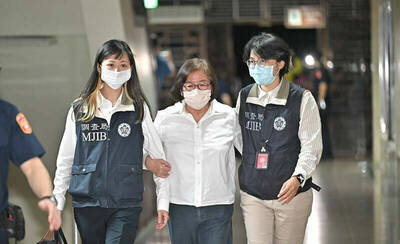
Following the shock complete failure of all the recall votes against Chinese Nationalist Party (KMT) lawmakers on July 26, pan-blue supporters and the Chinese Communist Party (CCP) were giddy with victory. A notable exception was KMT Chairman Eric Chu (朱立倫), who knew better. At a press conference on July 29, he bowed deeply in gratitude to the voters and said the recalls were “not about which party won or lost, but were a great victory for the Taiwanese voters.” The entire recall process was a disaster for both the KMT and the Democratic Progressive Party (DPP). The only bright spot for
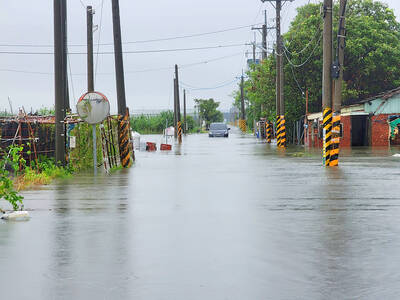
Water management is one of the most powerful forces shaping modern Taiwan’s landscapes and politics. Many of Taiwan’s township and county boundaries are defined by watersheds. The current course of the mighty Jhuoshuei River (濁水溪) was largely established by Japanese embankment building during the 1918-1923 period. Taoyuan is dotted with ponds constructed by settlers from China during the Qing period. Countless local civic actions have been driven by opposition to water projects. Last week something like 2,600mm of rain fell on southern Taiwan in seven days, peaking at over 2,800mm in Duona (多納) in Kaohsiung’s Maolin District (茂林), according to
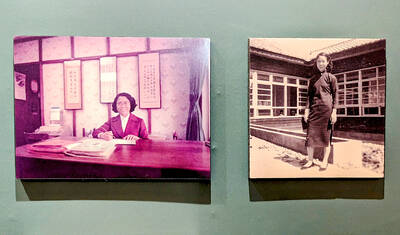
Aug. 11 to Aug. 17 Those who never heard of architect Hsiu Tse-lan (修澤蘭) must have seen her work — on the reverse of the NT$100 bill is the Yangmingshan Zhongshan Hall (陽明山中山樓). Then-president Chiang Kai-shek (蔣介石) reportedly hand-picked her for the job and gave her just 13 months to complete it in time for the centennial of Republic of China founder Sun Yat-sen’s birth on Nov. 12, 1966. Another landmark project is Garden City (花園新城) in New Taipei City’s Sindian District (新店) — Taiwan’s first mountainside planned community, which Hsiu initiated in 1968. She was involved in every stage, from selecting
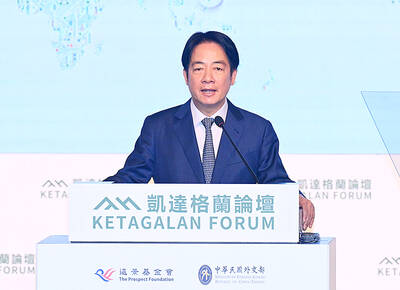
As last month dawned, the Democratic Progressive Party (DPP) was in a good position. The recall campaigns had strong momentum, polling showed many Chinese Nationalist Party (KMT) lawmakers at risk of recall and even the KMT was bracing for losing seats while facing a tsunami of voter fraud investigations. Polling pointed to some of the recalls being a lock for victory. Though in most districts the majority was against recalling their lawmaker, among voters “definitely” planning to vote, there were double-digit margins in favor of recall in at least five districts, with three districts near or above 20 percent in